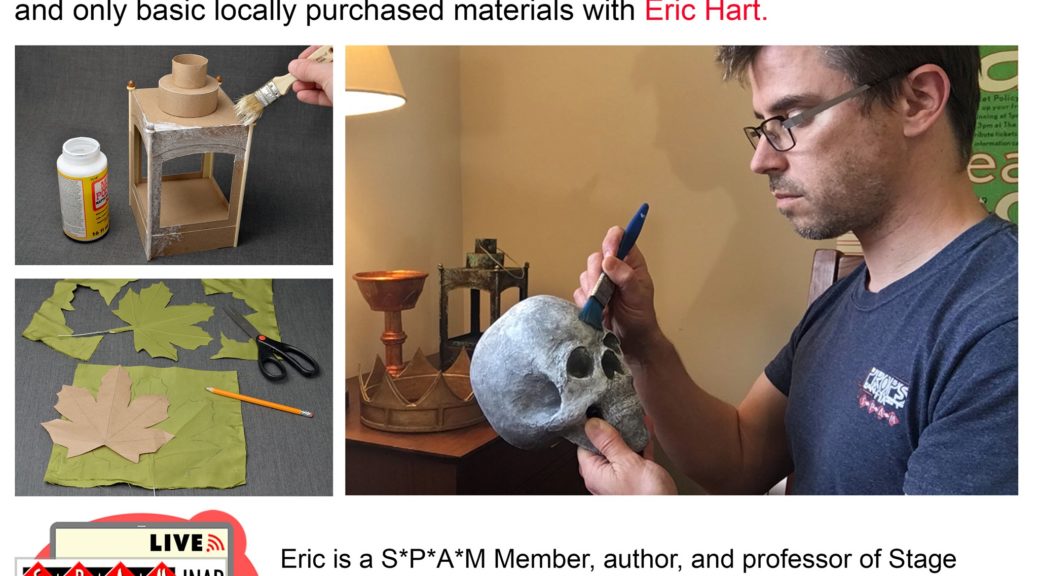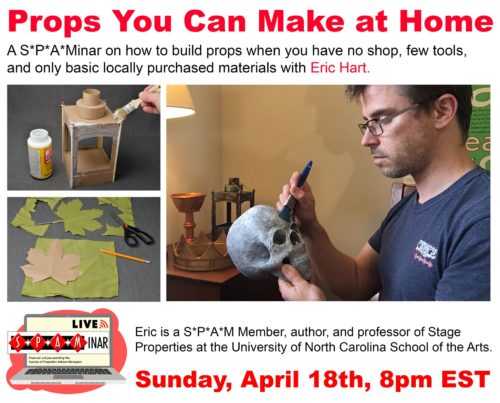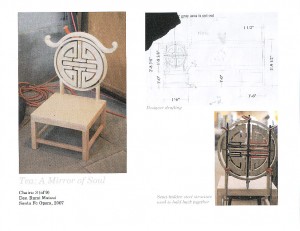On the end of the first day of the 2009 SETC Theatre Symposium, I sat on my first panel, entitled “Creating Props, Creating Performances”.
The first paper, by Teemu Paavolainen, was titled “From Props to Affordances: An Ecological Approach to Theatrical Objects”. An “affordance” is the ability of an object to perform a function. For example, a chair affords sitting. A spoon affords eating soup.
The study of affordances has been around in other fields, such as music and painting, for awhile, but not so in theatre. Theatre, particularly the study of props, has long been dominated by JiÅ™i Veltruský. In 1940, he wrote the famous, “All that is on stage is a sign.” He and the rest of the Prague School believed
The very fact of their appearance on stage suppresses the practical function of phenomena in favour of a symbolic or signifying role.
(The semiotics of theatre and drama By Keir Elam, p. 6)
Andrew Sofer, one of the keynote speakers at this conference, originally took exception to this when dealing with props in his oft-mentioned book, The Stage Life of Props. Continue reading Creating Props, Creating Performances →




